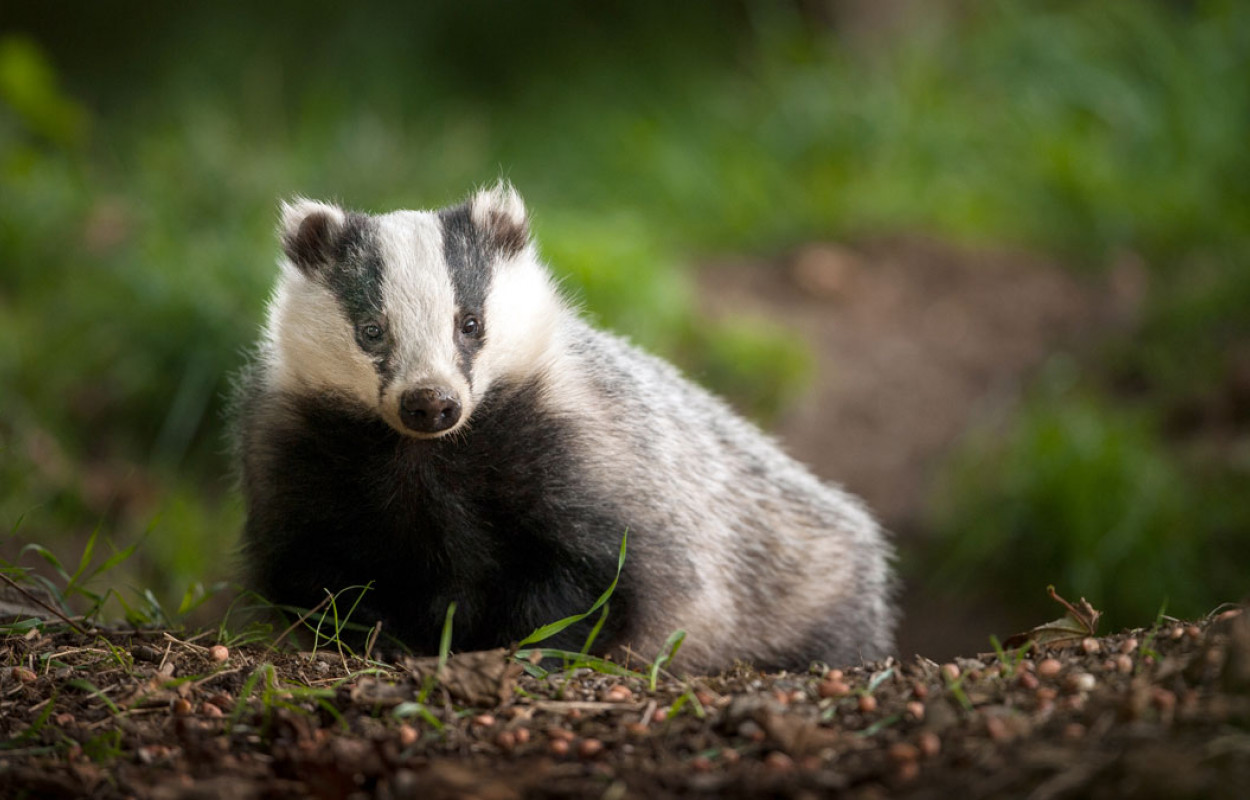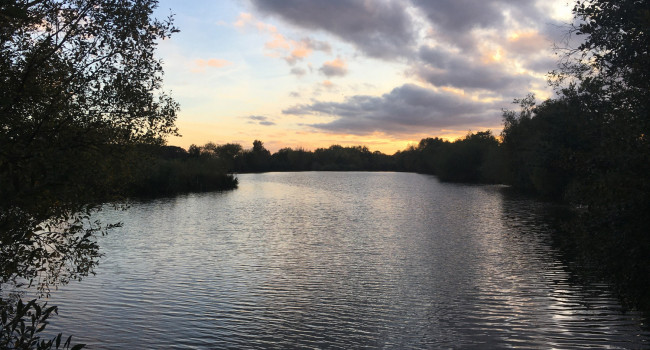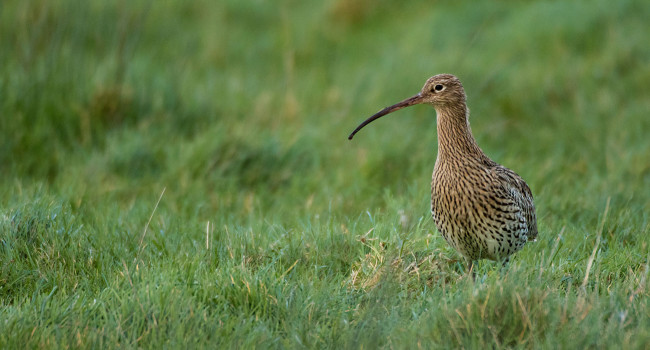A comparison of breeding bird populations inside and outside of European Badger Meles meles control areas

Author(s): Kettel, E.F., Lakin, I., Heydown, M.J., Siriwardena, G.M.
Published: February 2021 Pages: 13pp
Journal: Bird Study
Digital Identifier No. (DOI): 10.1080/00063657.2021.1889460
The European Badger has a wide and varied diet, including birds and eggs when the availability of their preferred prey is low. Since 2012, licenses have been issued in England to permit the killing of Badgers to prevent the spread of bovine tuberculosis in cattle, and Badger populations have been controlled in large areas of the countryside.
New research from BTO has investigated the effects of this reduction in Badger numbers on bird populations. Using data from the Breeding Bird Survey, BTO scientists analysed population trends of 58 species of UK breeding birds in the two longest-running Badger control areas in southwest England. They examined population growth over a 5-year period (2013-17), comparing to locations outside the Badger control areas, but in the same part of the country, and also comparing to a baseline period before Badger control took place (2008-12). Those bird species which are ground or near-ground nesting were analysed separately, as they are more likely to be predated by Badgers and other terrestrial predators.
The population growth rates of Skylarks and Whitethroats, both ground nesting species, were found to be slightly more positive within the Badger control areas, whereas Lapwing population growth was marginally negative in control areas. There was no significant association between the population of other ground nesting species and the Badger control areas. Of those species that nest higher up, for example in trees, Starlings, Greenfinches and Long-tailed Tits increased within the Badger control areas, whereas other species such as Woodpigeons, Linnets and Bullfinches showed decreased populations in these areas.
Overall, there was little effect of Badger removal on the population growth rates of the bird species considered in this study. Previous research has shown that Badgers only feed on birds and their eggs on occasion, and that the majority of birds consumed are already dead (carrion), so the levels of predation that do occur might not be high enough to drive bird population growth rates. The results of this study do not provide definitive evidence of the effects of Badger culling on bird populations, but they do reveal that large, community-level changes did not occur in the areas studied during the years investigated.
Notes
The authors thank the Natural England spatial data team for their help. Simon Gillings and James Pearce-Higgins provided helpful advice and Henrietta Pringle is thanked for help producing figures. Robert Hawkes, an anonymous reviewer and the associate editor provided helpful comments on an earlier version of this paper. The authors also thank Sarah Harris and Justin Walker for their help with BBS data extraction.
This study was funded by Natural England. The BBS is funded by a partnership of British Trust for Ornithology, Joint Nature Conservation Committee and Royal Society for the Protection of Birds.
Abstract
Capsule: Analyses of survey data reveal no clear effects of the removal of European Badger Meles meles, a top predator in Great Britain, on bird populations.
Aims: To investigate the effects of licensed Badger culling on bird populations in southwest England using ongoing monitoring data.
Methods: Breeding Bird Survey data were used to compare population growth rates inside and outside Badger cull areas in southwest England over a five-year cull period (2013–2017), following a five-year baseline period (2008–2012). Comparative analyses of population growth rates of ground-nesters and of other species were tested for potential influences of Badger predation. We also compared species richness and diversity before and during culling, in treatment and control areas.
Results: Most results were non-significant (48 of 58 species) but, where population growth rates were different (P < 0.1), they were higher for five species, and lower for seven, in cull areas. Ignoring significance, 33 population trends were more positive and 25 more negative within Badger cull areas. However, ground-nesting species, which were more likely to be sensitive to Badger predation, were not more responsive. Species richness declined significantly between pre-culling and culling periods in all areas, but diversity was unaffected and neither metric differed between treatment and control areas.
Conclusion: There was no evidence for broad or consistent effects that support the existence of causal effects of Badger removal. Results for Skylark Alauda arvensis and Lapwing Vanellus vanellus suggested positive and negative effects of the cull, respectively, for these potentially sensitive species. Management and subtle habitat composition differences between study areas, and small sample sizes, may have limited statistical power, but there was no evidence that this affected inference. Monitoring and evaluation must continue as culling continues and is expanded, potentially increasing study power. Future research could also evaluate the potential ecological and demographic mechanisms behind any effects on birds of Badger removal.







Share this page